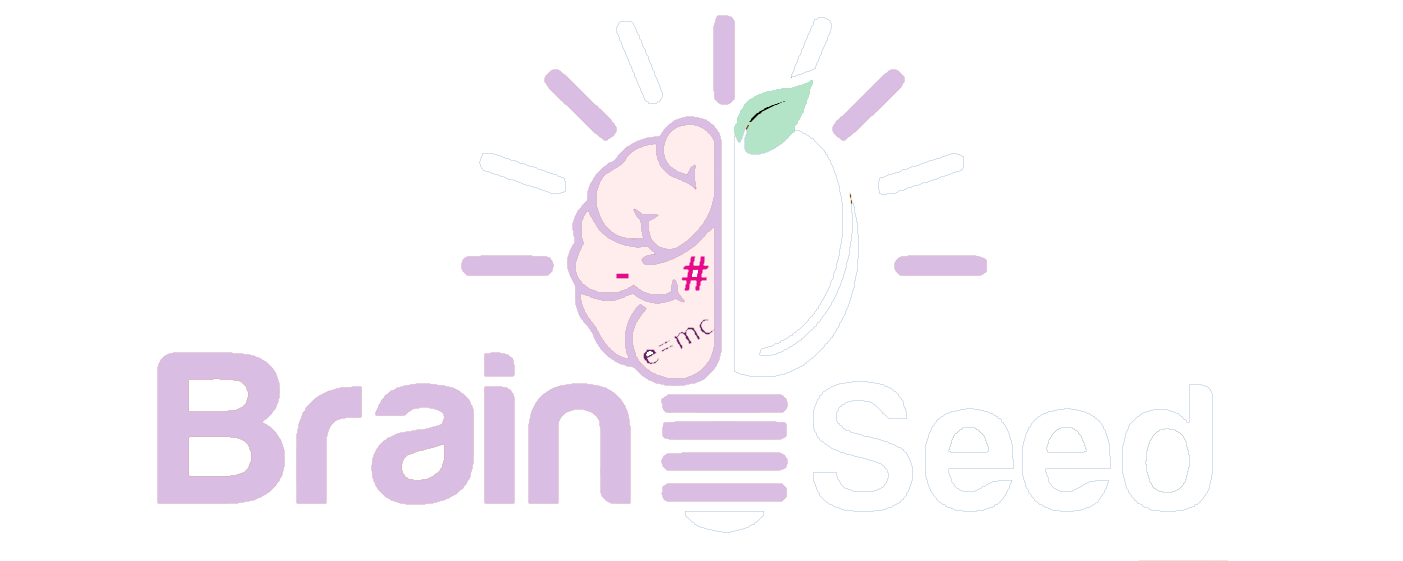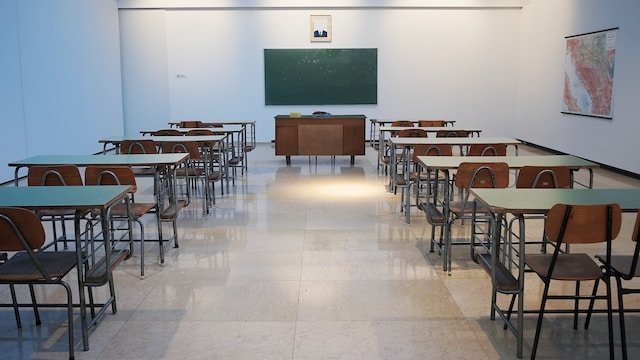What are the best techniques for teaching drama to students with autism spectrum disorders?
Drama can be a valuable tool for students with Autism Spectrum Disorders (ASD) to develop social and relational skills, personal guidance, and creativity. However, teaching drama to students with ASD requires specific techniques to ensure that they can fully participate and benefit from the experience. In this article, we will explore some of the best methods for teaching drama to students with ASD.
Visual Prompts and Timetables
Visual prompts and timetables can be highly effective in helping students with ASD understand the structure of drama activities and prepare for transitions between activities. Providing a visual timetable of the drama sequence, with pictures or written words, can help students understand what is coming next and reduce anxiety. Visual aids, such as pictures or diagrams, can also be used to help students understand complex concepts or emotions.
Clear Instructions and Expectations
Clear instructions and expectations are essential when teaching drama to students with ASD. Providing clear and concise instructions, using simple language and concrete examples, is important. Breaking down complex tasks into smaller steps and providing visual prompts can also be helpful. It is also important to be clear about expectations for behavior and participation in drama activities and to provide positive feedback for appropriate behavior.
Role-Playing and Scripting
Role-playing and scripting are useful tools for teaching interactive skills and communication to students with ASD. Role-playing allows students to practice social interactions in a safe and supportive environment, and scripting can help them master appropriate language and social skills. It is important to choose scenarios and scripts that are relevant and engaging to students and to provide clear guidance and support during role-playing activities.
Sensory Integration
Sensory integration is an important consideration when teaching drama to students with ASD, as many students with ASD have sensory processing difficulties. Sensory integration techniques, such as providing sensory tools and activities, can help students regulate their sensory input and feel more comfortable and focused during drama activities. It is also important to be aware of sensory triggers, such as loud noises or bright lights, and to appropriately modify drama activities.
Incorporating Special Interests
Incorporating special interests can be an effective method for engaging students with ASD in drama activities. Many students with ASD have intense interests in particular subjects or activities, and integrating these interests into drama activities can help them feel more motivated and engaged. For example, if a student is interested in dinosaurs, a drama activity could involve role-playing a scene from a dinosaur movie or creating a script about a group of scientists studying dinosaurs.
Conclusion
Teaching drama to students with ASD requires specific techniques and strategies to ensure that they can fully participate and benefit from the experience. Visual prompts and timetables, clear instructions and expectations, role-playing and scripting, sensory integration, and incorporating special interests are effective strategies for teaching drama to students with ASD. By using these techniques, drama teachers can help students with ASD develop important social and relational skills, personal guidance, and creativity.
Are you looking for a fresh and exciting way to engage your school’s drama program or your child’s creativity? Try YouTube drama! It’s a fun and modern way for students to create and perform in their own videos. YouTube drama is flexible, convenient, and can even reach a wider audience. Plus, it teaches valuable skills like video production, editing, and storytelling. Click here to learn more about how YouTube drama can benefit your school’s drama program.







